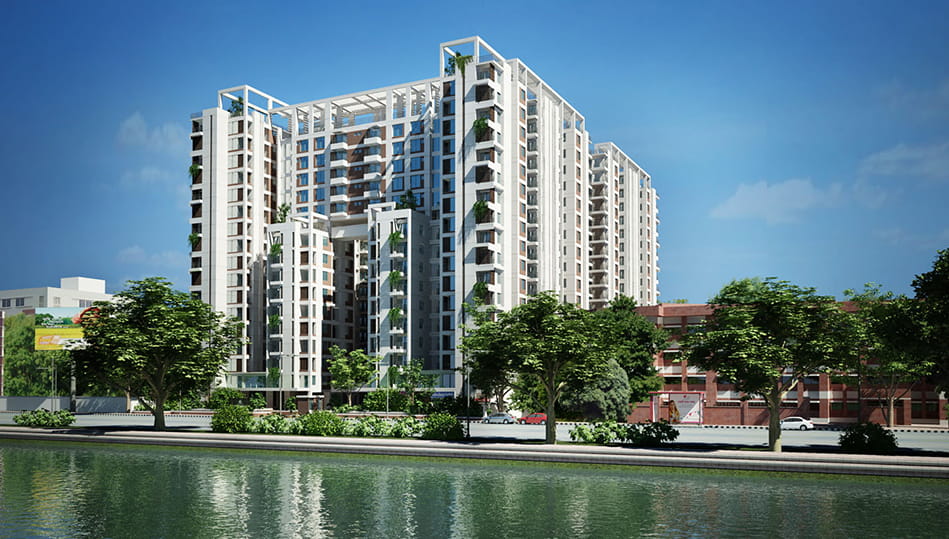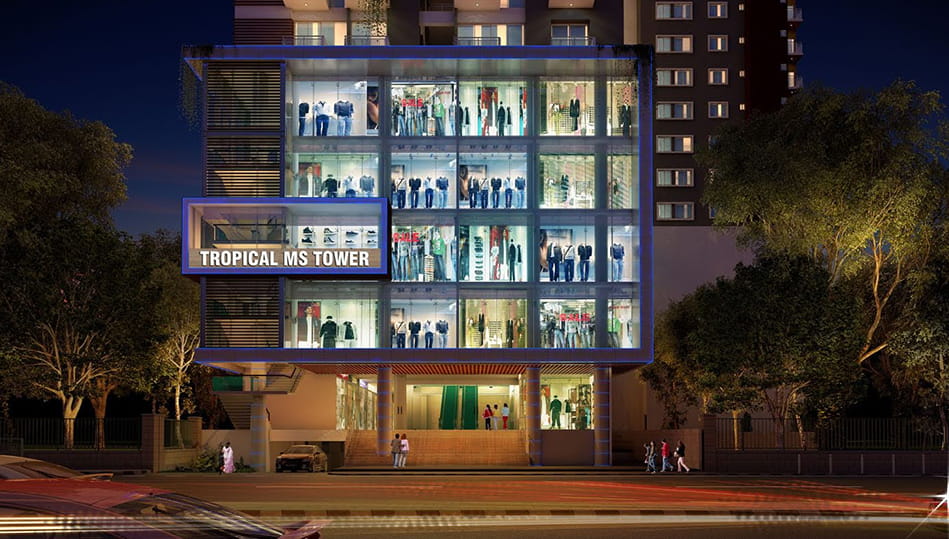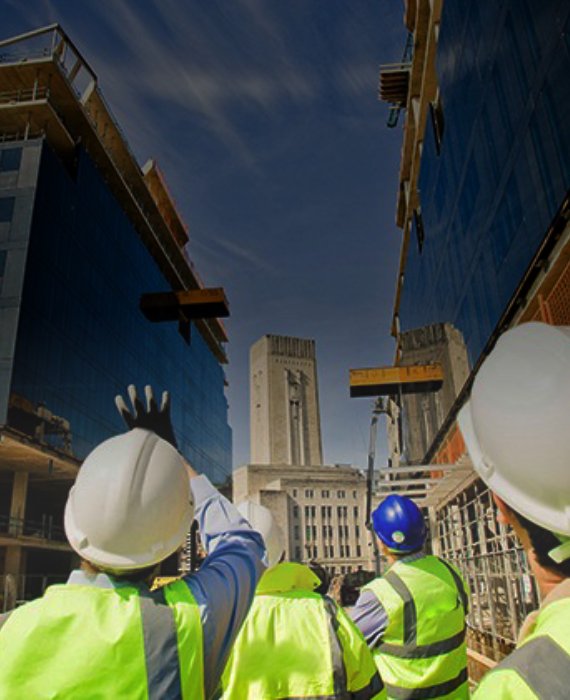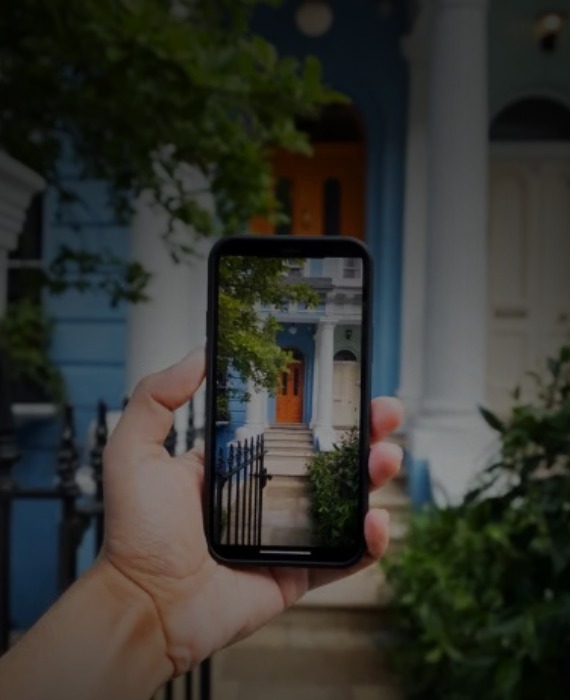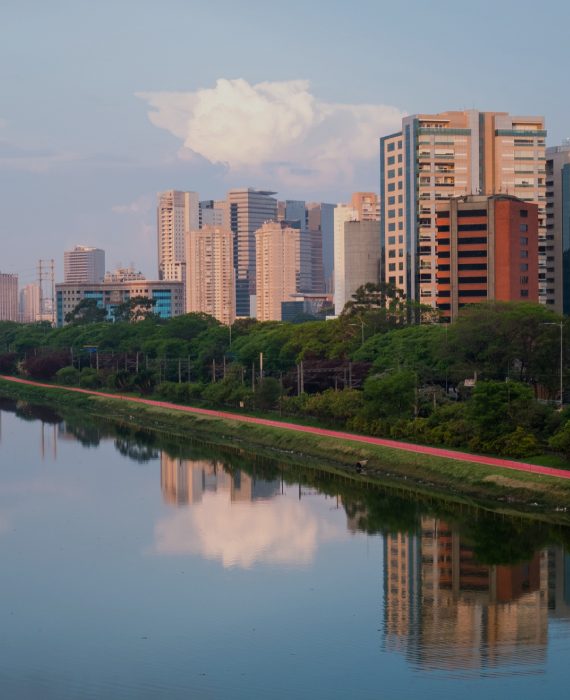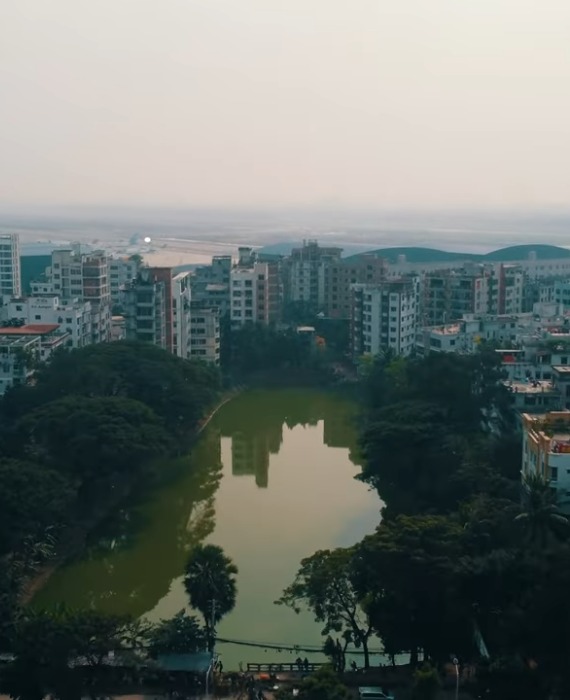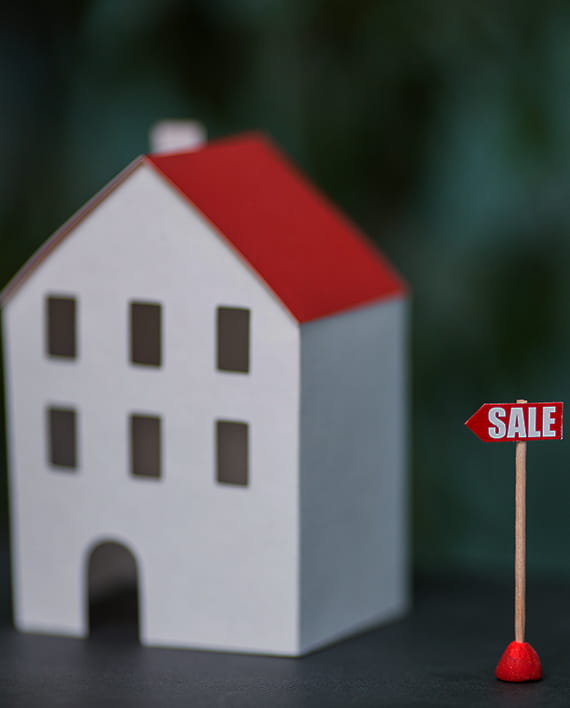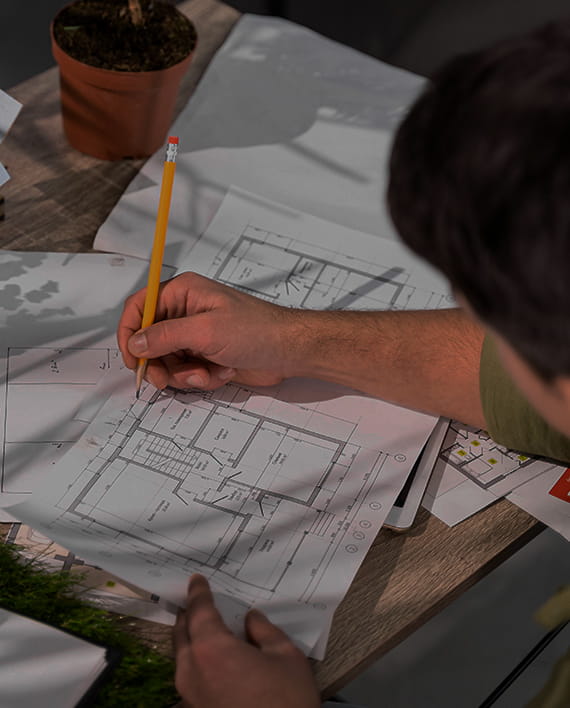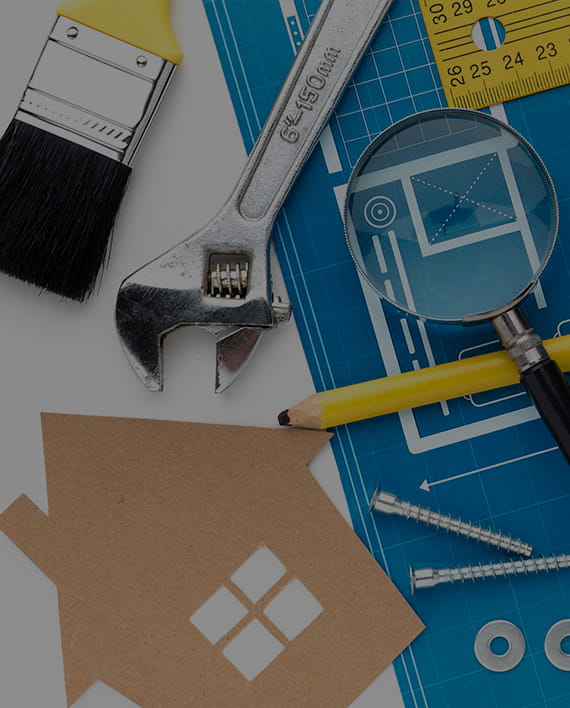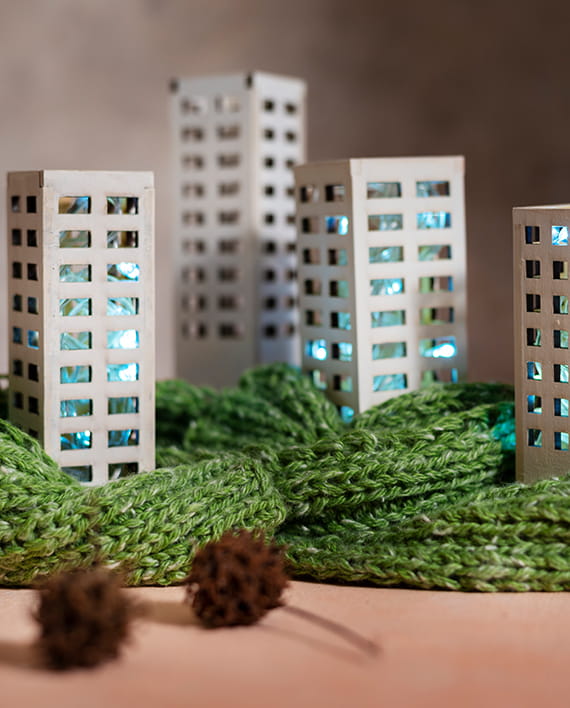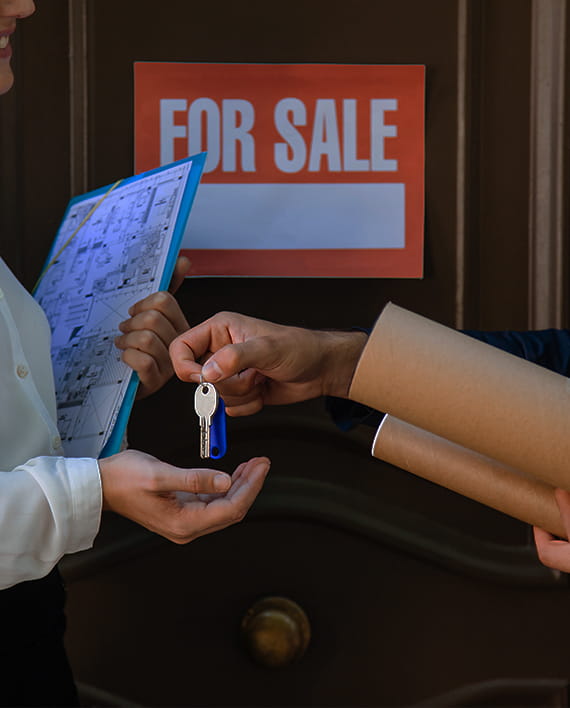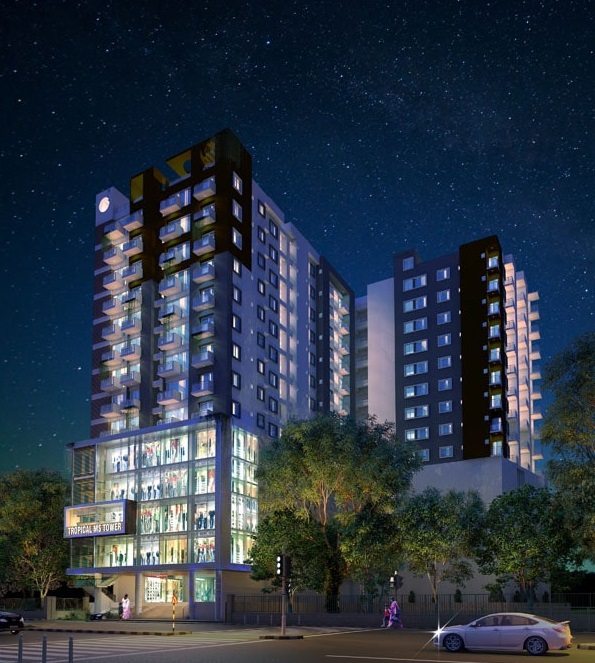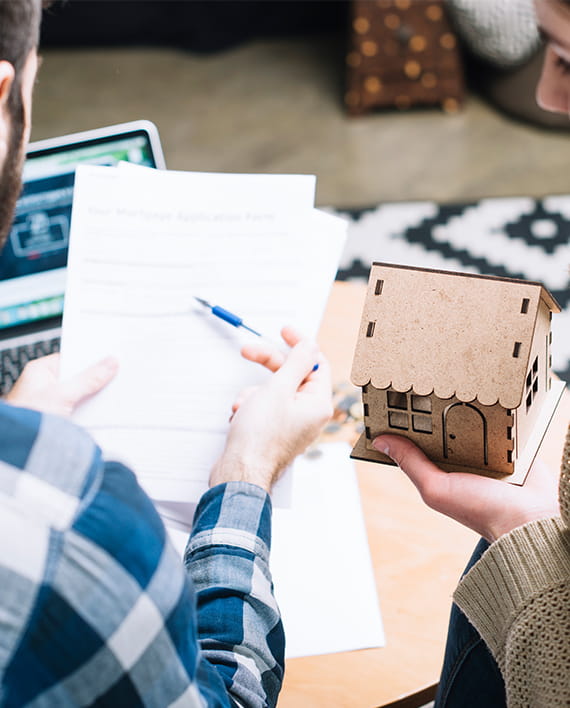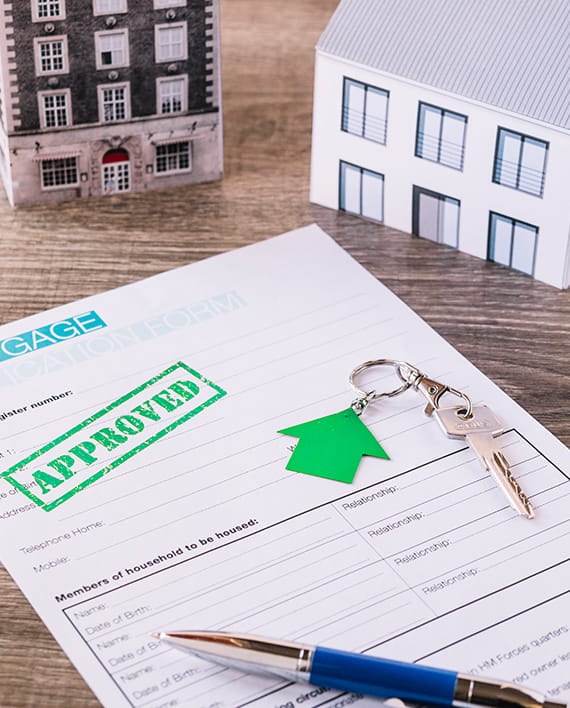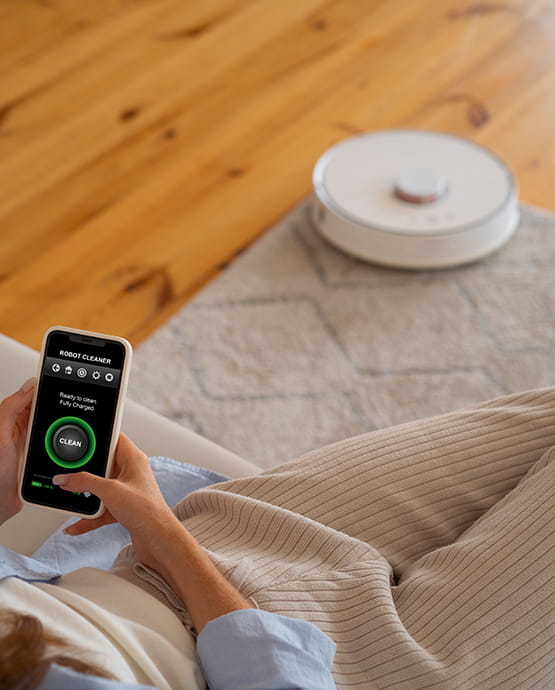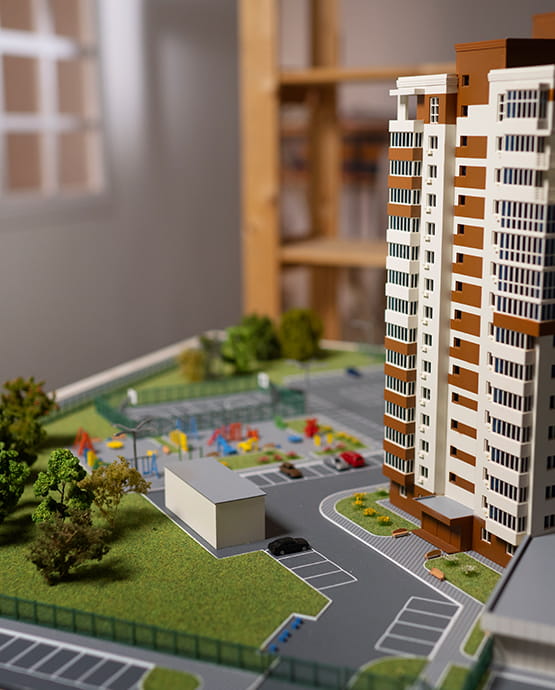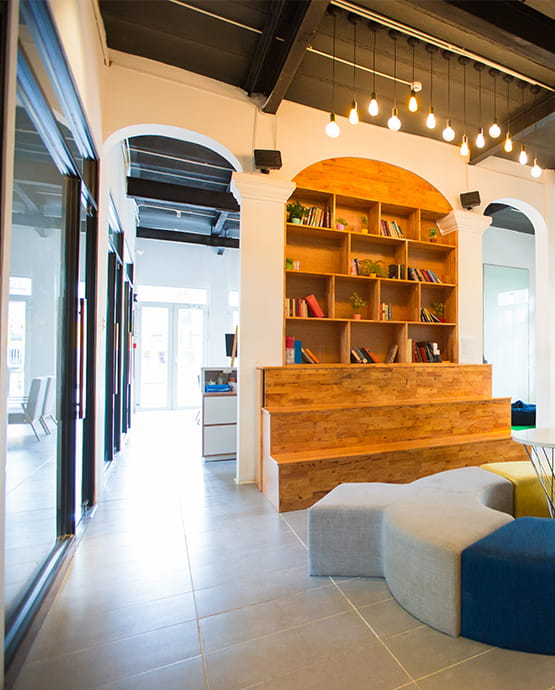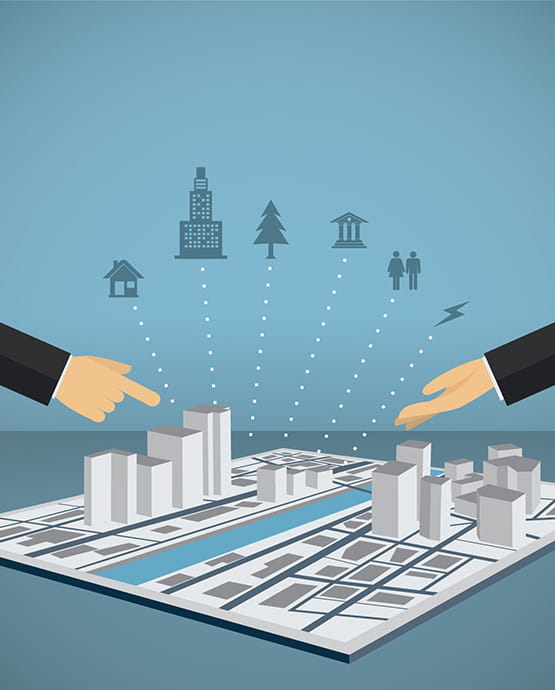How Tropical Homes Shaping Bangladeshi Architecture with Modern Design?
- Oct 9, 2024
- Posted by: Tropical Homes
- Category: blog
Architecture in Bangladesh has a rich heritage, evolving from traditional housing technologies to modernist styles. Today, this evolution continues, with contemporary developers like Tropical Homes leading the way in defining the future of Bangladeshi architecture. By blending modern design with local traditions, Tropical Homes is reshaping the architectural landscape, integrating sustainability, aesthetics, and functionality into every project.
The Legacy of Bangladeshi Architecture
To understand the significance of Tropical Homes’ work, it’s essential to explore the roots of Bangladeshi architecture. The country’s traditional housing reflects the challenges of its climate, environment, and social fabric. The vernacular architecture features materials like bamboo, mud, and jute, designed for natural ventilation and protection against flooding. Over time, colonial influence and post-independence creativity brought new styles, but the core principles of practicality, adaptation to nature, and community-centered design remained strong.
Muzharul Islam, regarded as the father of modern architecture in Bangladesh, introduced the country to modernist principles while respecting these traditional values. His work emphasized local needs, using simple forms, indigenous materials, and passive climate control techniques. Tropical Homes is now carrying this torch forward, innovating with modern design elements while remaining deeply rooted in the country’s architectural past.
Tropical Homes: Blending Tradition and Modernity

Tropical Homes is uniquely positioned to blend the best of both worlds—traditional Bangladeshi design principles and contemporary architectural trends. Our projects, like the “Tropical Haider Amorapuri,” show how we incorporate modern conveniences without losing sight of the local culture, climate, and community needs.
Modern Aesthetics with Local Influence
One of the key aspects of Tropical Homes’ approach is integrating local materials and design techniques with modern architecture. For instance, we use bricks, a traditional material widely available in Bangladesh, but employ them in innovative ways. Modern brickwork designs create aesthetic patterns while ensuring durability and sustainability. This balance reflects the philosophy of “regional modernism,” where architecture is both a response to global trends and a solution tailored to local conditions.
In our projects, you will find open-plan layouts that offer flexibility for residents, allowing them to adapt the spaces to their needs. Large windows provide natural light and airflow, reducing energy consumption and ensuring comfort in Bangladesh’s tropical climate. These modern design elements draw inspiration from traditional homes that were built to be naturally cool and airy.
Focus on Sustainability
Sustainability is at the core of Tropical Homes’ philosophy. With climate change increasingly affecting Bangladesh, sustainable architecture has become essential. Tropical Homes incorporates green building techniques, energy-efficient designs, and eco-friendly materials into our projects.
We focus on minimizing the environmental impact of construction by using materials that have lower carbon footprints, such as locally sourced timber and recycled materials. Our buildings are also designed for energy efficiency—large windows allow for natural ventilation, while rooftop gardens help regulate temperature and reduce energy consumption. Tropical Homes are not just building homes; we’re creating sustainable living environments that reflect the values of a greener future.
Additionally, the integration of green spaces in urban areas, a hallmark of Tropical Homes’ projects, aligns with the global push for more sustainable cities. Our residential complexes often include gardens, terraces, and outdoor spaces, promoting a connection with nature and enhancing the quality of life for residents.
Catering to Urban Lifestyles

Urbanization is rapidly transforming Bangladesh, particularly in cities like Dhaka. Tropical Homes recognizes that today’s urban dwellers have different needs and preferences compared to those of previous generations. Our projects cater to this new urban lifestyle by offering modern amenities, convenience, and a focus on community living.
For instance, many of our developments include shared spaces such as fitness centers, rooftop gardens, and community halls. These amenities reflect the growing demand for work-life balance and community interaction in high-density urban areas. Tropical Homes designs spaces where residents can both live and socialize, creating a sense of belonging during a bustling city environment.
Innovative Use of Technology
The use of technology in construction and design is another way Tropical Homes is shaping the architectural future of Bangladesh. Advanced construction techniques, such as 3D modeling and Building Information Modeling (BIM), allow us to design more efficiently, reduce waste, and predict construction outcomes with precision. This not only enhances the quality of the buildings but also makes the construction process more sustainable.
Smart home technologies are also becoming a key feature in our developments. From energy-efficient lighting to automated security systems, Tropical Homes integrates technology that enhances the modern living experience. Our designs are not just modern in aesthetics but also function, catering to tech-savvy residents who expect seamless integration of technology in our homes.
Tropical Homes’ Impact on Bangladeshi Architecture
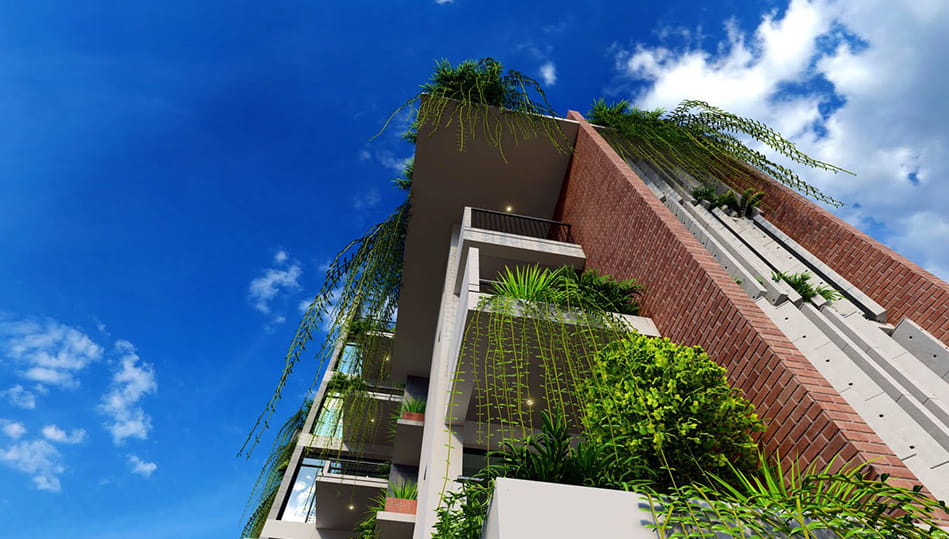
The impact of Tropical Homes’ work extends beyond individual projects. We are contributing to a broader architectural movement in Bangladesh that embraces modernity while respecting tradition. By incorporating sustainable practices, modern technologies, and a deep understanding of local culture, we are setting new standards for residential architecture in the country.
Our work is also influencing other developers and architects. As Bangladesh grows and urbanizes, the need for innovative, sustainable, and aesthetically pleasing architecture is becoming increasingly apparent. Tropical Homes is at the forefront of this movement, demonstrating that it’s possible to build modern homes that are both functional and culturally relevant.
Our approach also aligns with the broader global conversation on sustainable urbanization. As cities around the world grapple with challenges such as overpopulation, climate change, and resource scarcity, Tropical Homes’ commitment to green architecture and smart urban living is both timely and visionary.
Challenges and the Path Forward
While Tropical Homes has made significant strides in shaping the architectural landscape of Bangladesh, there are challenges ahead. Urban congestion, environmental degradation, and economic constraints pose significant obstacles to creating sustainable, modern living spaces for all.
However, Tropical Homes is addressing these challenges head-on by investing in research and development, exploring new materials and technologies, and continuously refining our approach to sustainable architecture. Our commitment to innovation and sustainability ensures that we will continue to be a key player in the future of Bangladeshi architecture.
Conclusion: Building a Modern Future, Inspired by Tradition
Tropical Homes’ work represents the perfect balance between modern design and traditional values. By drawing from Bangladesh’s rich architectural heritage while embracing contemporary trends, we are not just building homes—we are shaping the future of Bangladeshi architecture. Our focus on sustainability, innovation, and community ensures that our projects are not only modern but also deeply connected to the people and places they serve.
In a rapidly urbanizing world, Tropical Homes stands out as a developer committed to creating living spaces that reflect the needs of today while anticipating the challenges of tomorrow. Our approach to architecture is both visionary and grounded, ensuring that modern design in Bangladesh continues to evolve in ways that are beautiful, functional, and sustainable.
Frequently Asked Questions (FAQs)
1. What sets Tropical Homes apart from other developers in Bangladesh?
Answer: Tropical Homes stands out for its unique approach to blending modern architecture with traditional Bangladeshi design principles. We prioritize sustainability, energy efficiency, and the use of locally sourced materials, all while integrating modern amenities and technology to meet the needs of urban lifestyles.
2. How does Tropical Homes incorporate sustainability into its projects?
Answer: We employ eco-friendly materials, green building techniques, and energy-efficient designs in our developments. Features like natural ventilation, large windows, rooftop gardens, and the use of locally sourced and recycled materials help reduce the environmental impact and create sustainable living spaces.
3. How do Tropical Homes’ designs reflect Bangladeshi culture and traditions?
Answer: Tropical Homes respects Bangladeshi architectural heritage by using traditional materials like bricks and incorporating design elements inspired by local housing technologies. We also focus on building spaces that enhance community interaction, a key element of Bangladeshi culture.
4. What modern amenities can residents expect in Tropical Homes projects?
Answer: Residents can enjoy a range of modern amenities, including shared spaces like fitness centers, rooftop gardens, and community halls. Tropical Homes also integrates smart home technologies, such as automated security systems and energy-efficient lighting, catering to the demands of today’s urban dwellers.
5. What role does Tropical Homes play in shaping the future of Bangladeshi architecture?
Answer: Tropical Homes is at the forefront of a movement that combines modern design with sustainable practices. Our projects set new standards for residential architecture in Bangladesh, inspiring other developers and architects to create homes that are functional, aesthetically pleasing, and environmentally responsible.



